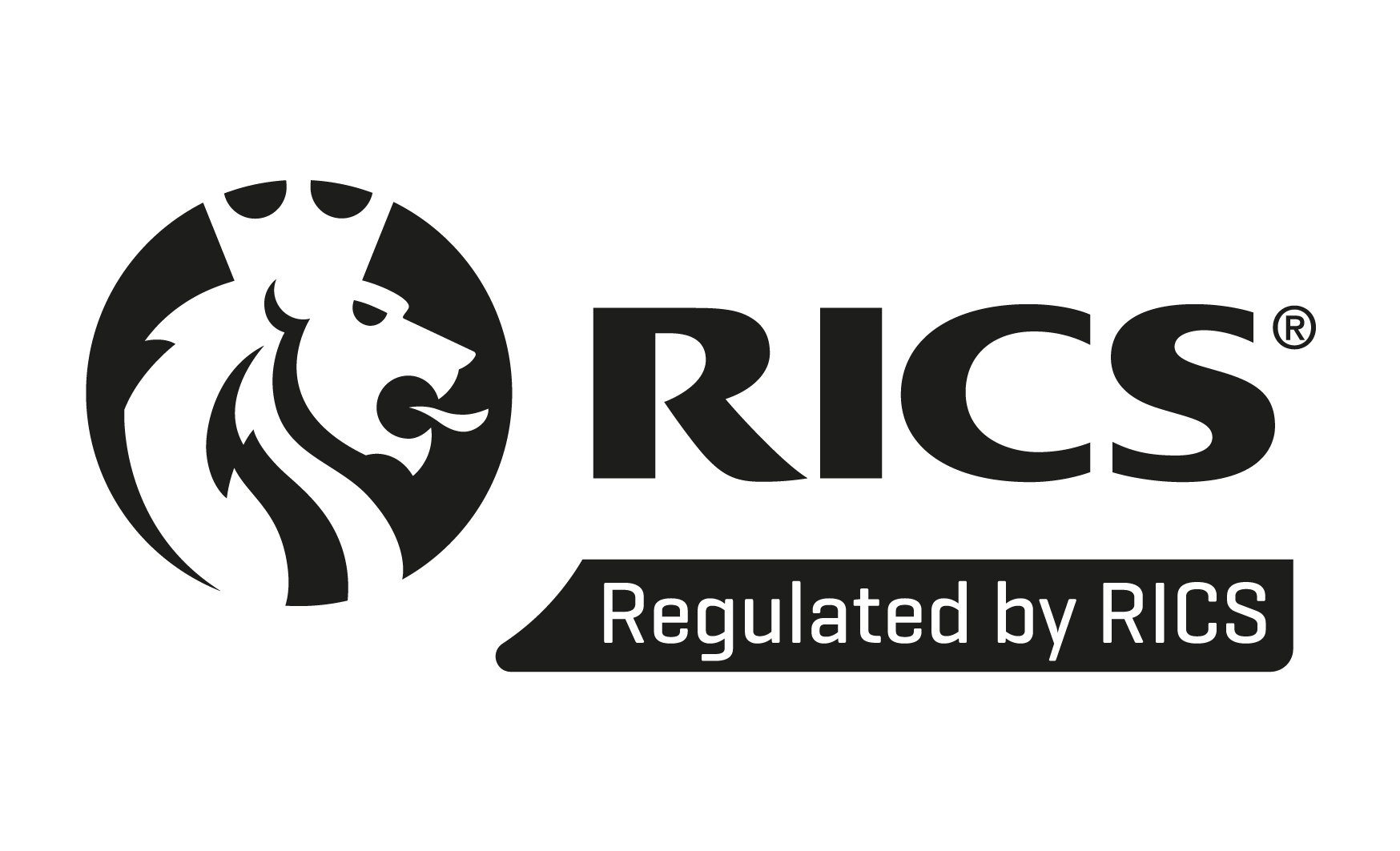JCT Contracts
JCT Contracts

JCT contracts (Joint Contracts Tribunal contracts) are standard form contracts that are widely used in the construction industry in the United Kingdom. They are designed to provide a balanced and fair framework for the relationship between contractors, subcontractors, and employers, and to set out the rights and obligations of the parties in relation to the construction of a project. This guide will provide an overview of the key features and provisions of JCT contracts and some of the considerations for parties using these contracts.
Types of JCT contracts
There are several different types of JCT contracts, each of which is suitable for different types of construction projects. The main types of JCT contracts are:
- JCT Design and Build Contract: This contract is used when the contractor is responsible for both the design and construction of the project.
- JCT Intermediate Contract: This contract is suitable for projects where the design is provided by the employer or an architect, but the contractor is responsible for the construction.
- JCT Minor Works Contract: This contract is suitable for smaller projects, such as repairs, renovations, or maintenance work.
- JCT Prime Cost Contract: This contract is used when the employer provides a budget for the project, and the contractor is responsible for the design and construction within that budget.
Key provisions of JCT contracts
JCT contracts typically include provisions covering a wide range of issues, including:
- The scope of the works: The contract sets out the scope of the works that the contractor is required to carry out, including any drawings, specifications, or other documents that are provided by the employer or the architect.
- Payment: The contract sets out the terms for payment, including the payment schedule, any retention monies that may be withheld, and the procedures for making claims for additional payment.
- Changes to the works: The contract sets out the procedures for making changes to the scope of the works, including any changes to the drawings or specifications.
- Delay and disruption: The contract sets out the parties' rights and obligations in the event of delay or disruption to the works, including any entitlement to additional payment.
- Defects: The contract sets out the parties' rights and obligations in relation to defects in the works, including the contractor's obligation to rectify any defects and the employer's right to make a claim for damages.
- Termination: The contract sets out the circumstances in which the contract can be terminated, including any rights to terminate for default or breach.
Advantages of using JCT contracts
There are several advantages to using JCT contracts:
- Widely recognized and accepted: JCT contracts are widely recognized and accepted in the construction industry, and are commonly used by contractors, subcontractors, and employers. This can help to ensure that the parties have a clear and agreed framework for their relationship.
- Balances the interests of the parties: JCT contracts are designed to provide a balanced and fair framework for the relationship between the parties, and to set out the rights and obligations of the parties in a clear and concise manner. This can help to reduce the risk of disputes and ensure that the project is completed smoothly.
- Easy to use: JCT contracts are designed to be easy to use, with clear and concise language and a well-structured format. This can make it easier for the parties to understand their rights and obligations and to navigate any disputes that may arise.
- Provides a range of options: JCT contracts offer a range of options to suit different types of projects and the needs of the parties. This means that parties can choose the contract that is most suitable for their project and their needs.
If you need help deciding on the appropriate JCT contract for your next project check out our blog post or please do get in touch.
Frequently Asked Questions
What is a JCT Contract?
A JCT contract, or Joint Contracts Tribunal contract, is a standard form of construction contract commonly used ifor building and construction projects. These contracts are published by the Joint Contracts Tribunal, which is a collaborative organisation involving various professional institutions in the construction industry.
JCT contracts outline the terms, conditions, and responsibilities of all parties involved in a construction project, including the client (the employer), the main contractor, subcontractors, and consultants. These contracts help to establish clear guidelines for the project's execution, mitigate risks, and provide a framework for resolving disputes (sadly not all projects go to plan!).
What are the disadvantages of JCT Contracts?
Joint Contracts Tribunal (JCT) contracts are widely used on construction projects, and they come with several advantages, such as clarity, standardisation, and risk allocation. However, like any contractual arrangement, JCT contracts also have disadvantages that parties involved should consider.
Some of the key disadvantages of JCT contracts in construction projects.
- Complexity and Length: JCT contracts can be lengthy and contain complex legal language. This complexity can make it challenging for some parties, especially smaller contractors or clients without legal expertise, to fully understand the contract terms and implications. Misinterpretations or misunderstandings can lead to disputes and delays.
- Limited Flexibility: JCT contracts are standardised, which means they may not be easily adaptable to unique project requirements or changes in circumstances. Customising the contract to suit specific project needs can be complicated and time-consuming, potentially delaying the project's start.
- Cost: Drafting, negotiating, and administering a JCT contract can be costly. Parties often need legal advisors, claims consultants or contract administrators to ensure compliance and handle disputes. The expenses associated with legal support and administration can add to the overall project cost.
- Risk Allocation: While JCT contracts aim to allocate risks fairly among parties, some may argue that they can be skewed towards the Employer or main contractor, depending on the specific contract type and amendments. Parties with less bargaining power may find it challenging to negotiate more favourable terms.
- Dispute Resolution: While JCT contracts include mechanisms for dispute resolution, such as adjudication, arbitration, or mediation, engaging in these processes can be time-consuming and costly. Disputes can disrupt project progress and lead to additional expense and delay to the project.
- Change and Variations: Handling change and variations under JCT contracts can be burdensome (loss and expense is even worse!). The process for requesting, approving, and pricing variations can result in delays and additional costs. Employers are often dissatisfied with the additional expenses that can accumulate over the course of a project.
- Lack of Focus on Project Outcomes: Critics argue that JCT contracts can place too much emphasis on the construction process and procedures rather than the project's ultimate goals and outcomes. The focus on compliance with contract terms may hinder innovation and flexibility in achieving project objectives.
- Inefficiencies in Design-Build Contracts: In JCT Design and Build contracts, the contractor assumes both design and construction responsibilities, inefficiencies can arise if the design process is not well-coordinated. Delays or errors in design can impact construction timelines and costs.
- Complex Payment Mechanisms: JCT contracts often involve intricate payment mechanisms, including interim valuations, stage payments, and final accounts. Managing these processes can be time-consuming and require a high level of administrative effort.
- Potential for Disputes: While JCT contracts aim to minimise disputes through clear terms and dispute resolution procedures, disputes can still arise. Resolving these disputes can be a lengthy and costly.
- Limited Scope for Early Contractor Involvement: In certain JCT contracts, such as the Traditional Procurement route, contractors may not be involved in the project until the design is substantially complete. This limited early involvement can hinder opportunities for value engineering and optimisation.
- Stress on Smaller Contractors: Smaller contractors and subcontractors, who may not have larger firms' resources or bargaining power, can find it challenging to negotiate favorable terms in JCT contracts. This can lead to a perception of inequality in contractual relationships.
In conclusion, while JCT contracts offer a structured and widely accepted framework for construction projects in the UK, they are not without their drawbacks. Parties involved in such contracts should carefully assess the potential disadvantages, consider their specific project requirements, and seek legal advice to ensure that they fully understand the implications of the contract terms. Mitigating these disadvantages often requires careful negotiation, proper contract administration, and a commitment to effective project management.
Ultimately, the success of a construction project using a JCT contract depends on how well parties navigate these challenges and work together to achieve project objectives. Needless to say Veritas Surveying offers comprehensive guidance on various JCT contract types and prevention is better than cure.
What is the key difference between NEC and JCT?
When it comes to construction contracts in the United Kingdom, two standards form often come to mind: the NEC (New Engineering Contract) suite of contracts and the JCT (Joint Contracts Tribunal) suite of contracts. While both are widely used, they differ significantly in their approach, structure, and management style. The critical differences between NEC and JCT contracts are:
1. Contract Philosophy:
NEC: The NEC contract series is known for its collaborative and project management-focused approach. It emphasises cooperation, risk management, and flexibility. NEC contracts are often seen as progressive and are favoured for complex, large-scale projects where flexibility and adaptability are essential.
JCT: JCT contracts, on the other hand, are rooted in a more traditional, prescriptive approach. They provide detailed procedures and specifications, which some view as offering greater clarity and certainty. JCT contracts are commonly used for various construction projects, from simple to more complex.
2. Risk Allocation:
NEC: NEC contracts place a strong emphasis on risk allocation and require the identification of risks at an early stage. The "risk register" is a key component of NEC contracts, and parties are encouraged to collaboratively manage risks throughout the project. Operated correctly this approach aims to minimise disputes and deliver better outcomes for all parties.
JCT: JCT contracts tend to allocate risks more traditionally, with the Employer often bearing more of the design and project risks. While some JCT contracts provide mechanisms for risk-sharing, the allocation is generally more standardized and may not be as collaborative as in NEC contracts. Standardised
3. Flexibility and Adaptability:
NEC: NEC contracts are highly flexible and adaptable. They encourage parties to work together to resolve issues, adapt to changing circumstances, and make timely decisions. This flexibility makes NEC contracts particularly well-suited for projects with evolving design requirements or where unforeseen events are likely.
JCT: JCT contracts are typically less flexible and can be seen as more prescriptive in their approach. Changes to the contract require formal procedures and approvals, which can slow down the decision-making process. This can be an advantage for projects with well-defined scopes but may pose challenges for projects requiring frequent modifications.
4. Contract Structure:
NEC: NEC contracts are known for their clear, concise, and user-friendly language. They are structured around core clauses, option clauses, and secondary option clauses, allowing for tailoring to the specific project requirements. The plain language and modular structure make NEC contracts accessible to a wide range of stakeholders.
JCT: JCT contracts tend to be more comprehensive and contain detailed provisions. They are organized into sections, schedules, and articles, providing a highly structured framework. This structure can be advantageous for projects that require extensive documentation and legal clarity but may appear more complex to some parties.
5. Dispute Resolution:
NEC: NEC contracts prioritise early dispute resolution and collaboration to minimise disputes. They include adjudication provisions and encourage parties to resolve issues through negotiation and mediation. If disputes escalate, arbitration or litigation is an option, but the emphasis is on avoiding protracted legal battles.
JCT: JCT contracts also include dispute resolution mechanisms, such as adjudication, arbitration, or litigation. However, some critics argue that JCT contracts are more prone to disputes due to their complex and prescriptive nature.
6. Project Management:
NEC: NEC contracts promote proactive project management, with a strong emphasis on the role of the project manager. The project manager plays a central role in facilitating communication, managing risks, and ensuring the project's success.
JCT: JCT contracts rarely include provisions for project management and do not place as much emphasis on this role as NEC contracts. Project management responsibilities can vary depending on the specific JCT contract type.
7. Cost Control:
NEC: NEC contracts often incorporate a "pain/gain" share mechanism that rewards or penalises contractors based on performance, including project cost control. This mechanism incentivizes contractors to complete projects on time and within budget.
JCT: JCT contracts typically include interim valuations and final account procedures for cost control, but they may not offer the same level of flexibility and incentive-based mechanisms as NEC contracts.
Conclusion:
In summary, the key difference between NEC and JCT contracts lies in their contractual philosophy, risk allocation, flexibility, contract structure, dispute resolution approach, project management emphasis, and cost control mechanisms. The choice between NEC and JCT contracts depends on the specific requirements and preferences of the parties involved, as well as the nature and complexity of the construction project. Both contract suites have advantages and disadvantages, and selecting the right one can significantly impact the success of a construction project. It is crucial for parties to carefully evaluate their needs and seek legal and professional advice when choosing between these two widely used contract standards.
Contact us today to discuss your specific project and how JCT contracts can benefit you.




